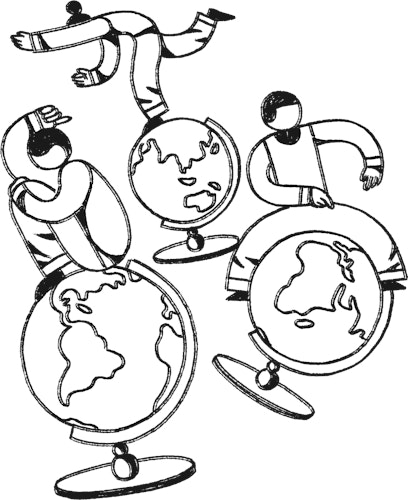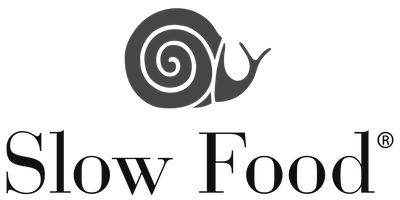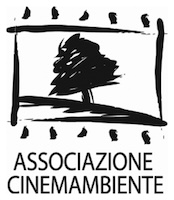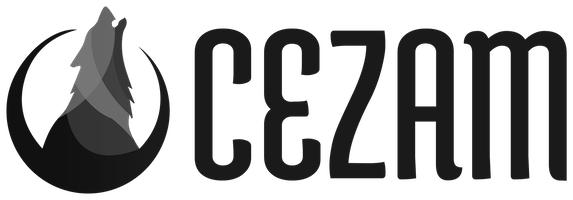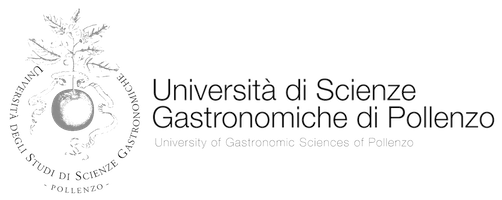L'Italia non è un paese povero
Directed by
A three-part documentary. The first part, Fuochi della Val Padana (Fires of the Padana Valley) shows the drilling and distribution of methane in Cortemaggiore. The second part is made of two fragments: Due città (Two Cities), about the advantages Ravenna and Venice got from the hydrocarbon refining, and La storia di due alberi (A Story of Two Trees), shot in Lucania where, despite the situation of absolute poverty, the “Christmas tree”, that is the drilling well, is not available yet. In the final episode, Appuntamento a Gela (Appointment in Gela), the protagonists are a young couple: a worker from Piacenza and a Sicilian fisherman's sister. Their wedding takes place when a drilling platform is under construction. It is another of Ivens’ works dealing with the theme of industrial development, against American influence and the widely spread conviction that Italy would always be a poor country for its shortage of raw materials. The documentary was commissioned by Enrico Mattei to convince Italian people that oil and natural gas were two realities in the country. Ivens, supported by Valentino Orsini, Paolo e Vittorio Taviani, Giovanni (Tinto) Brass, had a free rein but the RAI (the Italian broadcast corporation) banned many scenes for political reasons. Italy is not a Poor Country was broadcast on tv with the subtitle “Fragments of a film by Joris Ivens”, but the author didn't recognize the censored version as his own.
